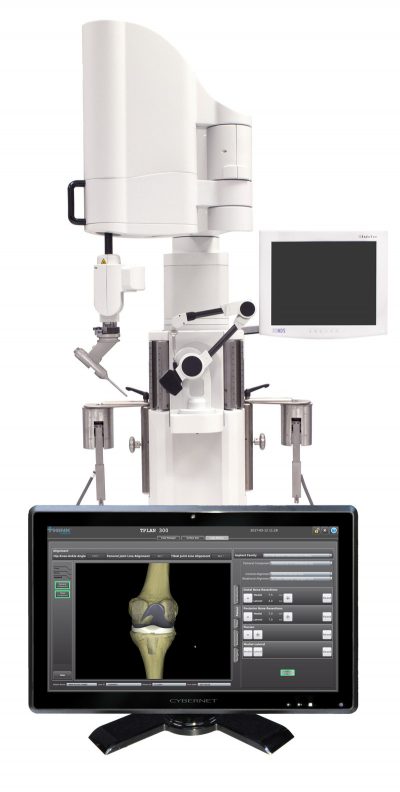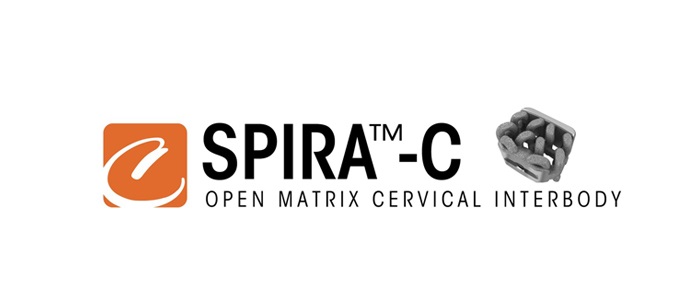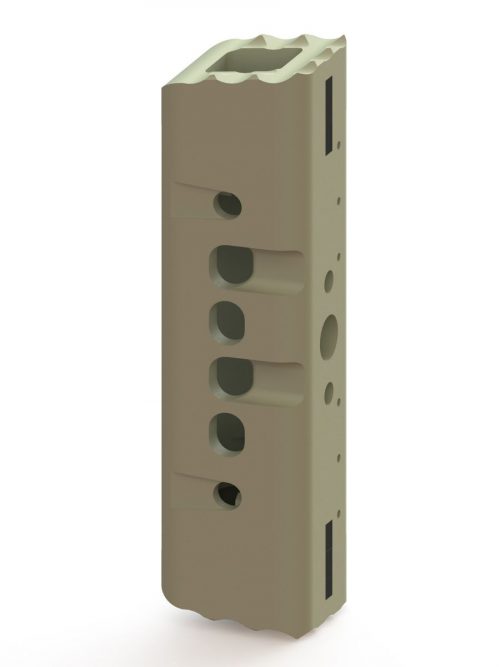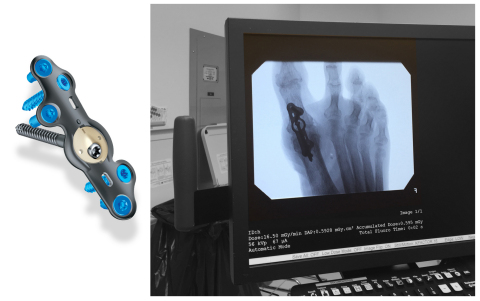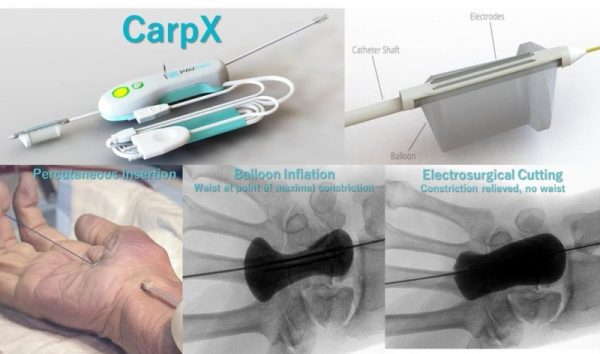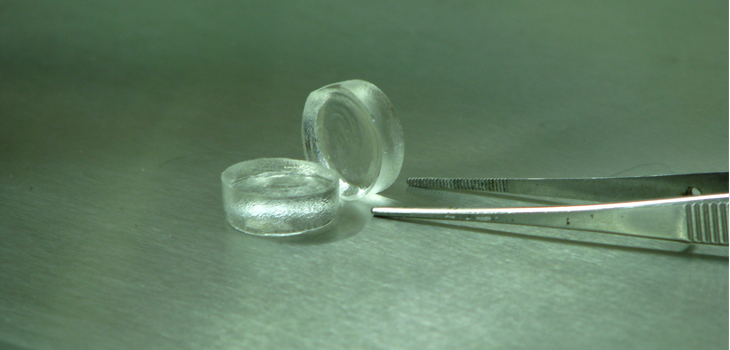In the final HCT/P Guidance document, FDA updated and clarified its previous draft Guidance documents regarding HCT/Ps. In summary, MiMedx views the final HCT/P Guidance document as generally beneficial to the Company, physicians and patients. Bill Taylor, President and Chief Operating Officer, commented, “While there are a few items that are not consistent with the regulations, in general, we believe it should be viewed as a positive development in the industry. MiMedx is by far the leader in clinical and scientific studies and related publications on placental tissue. This places the Company years ahead of its competition. Note that the Final Guidance is largely in line with the MiMedx expectations for both micronized and sheet products as discussed on the Company’s September 2016 conference call. As expected, MiMedx’s sheet products are largely unaffected, but may require slight changes to the Company’s labeling and marketing documents. MiMedx micronized products are the subject of our four ongoing IND/BLA clinical studies.”
In FDA’s news release announcing the final HCT/P Guidance document, the Agency also stated that it would “apply a risk-based approach to enforcement,” and “for the first 36 months following issuance of the final guidance document, the FDA intends to exercise enforcement discretion for certain products.” In contrast, “the FDA does not intend to exercise such enforcement discretion for those products that pose a potential significant safety concern,” noting that “this risk-based approach allows product manufacturers time to engage with the FDA, and to determine if they need to submit a marketing authorization application.” MiMedx has a proven track record of safety based on its experience in distributing over 1 million allografts. The Company’s products have been allowed to proceed to Phase 3 with its plantar fasciitis and Achilles tendonitis Investigational New Drug/Biologic License Application (IND/BLA) studies.
The HCT/P Guidance document addresses many aspects of HCT/Ps, with the two most relevant items to MiMedx being Minimal Manipulation and Homologous Use. Minimal Manipulation relates to the way the tissue is processed and Homologous Use refers to the “intended use” as reflected by labeling, advertising, etc.
Taylor commented, “The HCT/P Guidance document clearly reiterates that products such as the MiMedx amniotic tissue in sheet form are considered to be minimally manipulated. This is consistent with the previous FDA positioning and what has been communicated to MiMedx by FDA.”
The final HCT/P Guidance document also maintains FDA’s position that micronized amnion is more than minimally manipulated. Parker H. “Pete” Petit, Chairman and Chief Executive Officer, said, “Although MiMedx still believes this is a flawed position and is not consistent with the HCT/P preamble and regulations, MiMedx has been following the IND/BLA pathway since 2014. At present, MiMedx has four IND clinical trials under way for our micronized amniotic tissue, AmnioFix® Injectable. Two of the studies are for plantar fasciitis (Phase 2B and 3), one for Achilles tendonitis (Phase 3), and the fourth is for osteoarthritis of the knee (Phase 2B). Based on the work we have done over the past four years and the finalization of this guidance document, MiMedx believes that we are years ahead of our competition relative to our micronized product platform.”
Taylor stated, “With respect to Homologous Use, FDA was largely consistent between the draft and final guidance issued as they relate to amniotic tissue. The Agency’s position remains that homologous use of amniotic tissue would include its use as a cover or to offer protection in repair and reconstruction procedures. MiMedx will review this Guidance Document and our marketing materials regarding our sheet products and determine what adjustments, if any, will be required. As stated in our September 6, 2016 shareholder call, with the completion of our multicenter Diabetic Foot Ulcer (DFU) and Venous Leg Ulcer (VLU) trials, when combined with the rest of our compendium of clinical data including an EpiFix® comparative RCT, MiMedx is well-positioned to file for IND/BLAs for specific indications for EpiFix, if we find it desirable to do so. Recall that both of these studies were designed as adequate and well controlled trials able to support a BLA by adhering to FDA’s Guidance for Industry Chronic Cutaneous Ulcer and Burn Wounds — Developing Products for Treatment.”
In a statement on the RMAT Guidance release, FDA Commissioner Scott Gottlieb, M.D. stated, “The suite of four guidance documents we are making public today also delivers on important provisions of the 21st Century Cures Act, including our continued promise to fully implement the Regenerative Medicine Advanced Therapy (RMAT) designation program, which is designed to expedite the development and review of regenerative medicine advanced therapies.”
The RMAT designation as laid out in the 21st Century Cures Act offers companies with regenerative medicine products such as MiMedx a pathway for conditional and expedited approvals. In Dr. Gottlieb’s statement, he clearly signals the FDA’s commitment to fully implement the RMAT program.
Petit commented, “Related to our IND/BLA studies, MiMedx reminds shareholders that it issued a press release announcing that we were allowed to proceed with our Phase 2B IND for osteoarthritis. Supporting osteoarthritis as a serious condition, the FDA guidance included hypothetical examples of regenerative medicine therapies, one of which is severe osteoarthritis. The MiMedx IND/BLA for osteoarthritis protocol inclusion criteria addresses severity levels 2 and 3 which clearly aligns with severe osteoarthritis. We plan to explore every pathway afforded by the FDA. We are in the process of evaluating the steps needed in order to file for the RMAT designation for AmnioFix injectable and will update shareholders once we determine our pathway.”
“In summary, the finalization of this HCT/P Guidance document is generally in a form that MiMedx anticipated, and it should facilitate our continued progression with our IND/BLA studies. We expect to have completed the prerequisites and be in a position to file our first BLA within the next two years or earlier if we get the RMAT designation. Importantly, we do not expect our forecasted revenue to change. Reimbursement for our sheet allografts is established for wound care and studies are completed. With micronized and RMAT guidance, we believe this could be a pathway to reducing timelines and accelerate our five-year revenue growth. MiMedx is clearly the leader in our market sector; this reinforces and enhances our position in relation to the rest of the market,” concluded Petit.
MiMedx also reiterates its revenue guidance for the fourth quarter and full year 2017:
- Fourth quarter of 2017 revenue forecasted to be in the range of $87 to $88 million
- 2017 revenue guidance increased to the range of $320.6 to $321.6 million
- Gross profit margins for 2017 expected to be in the range of 89% to 90%
- GAAP EPS (FD) for 2017 projected to be in the range of $0.31 to $0.32
- Adjusted EPS(FD)* for 2017 projected to be in the range of $0.31 to $0.32
About MiMedx
MiMedx® is the leading biopharmaceutical company developing and marketing regenerative and therapeutic biologics utilizing human placental tissue allografts with patent-protected processes for multiple sectors of healthcare. “Innovations in Regenerative Medicine” is the framework behind our mission to give physicians products and tissues to help the body heal itself. We process the human placental tissue utilizing our proprietary PURION® Process among other processes, to produce safe and effective allografts. MiMedx proprietary processing methodology employs aseptic processing techniques in addition to terminal sterilization. MiMedx is the leading supplier of placental tissue, having supplied over 1 million allografts to date for application in the Wound Care, Burn, Surgical, Orthopedic, Spine, Sports Medicine, Ophthalmic and Dental sectors of healthcare. For additional information, please visit www.mimedx.com.
Important Cautionary Statement
This press release includes forward-looking statements, including statements regarding expectations for fourth quarter and full year 2017 revenue, full year 2017 gross profit margin, EPS and Adjusted EPS for 2017, statements regarding the significance of the draft guidance documents for MiMedx, the Company’s belief that it is years ahead of competitors in terms of its clinical study progress, and statements regarding the Company’s belief that it might qualify for RMAT designation for certain applications and that this could accelerate associated product revenues. These statements also may be identified by words such as “believe,” “except,” “may,” “plan,” “potential,” “will” and similar expressions, and are based on our current beliefs and expectations. Forward-looking statements are subject to significant risks and uncertainties, and we caution investors against placing undue reliance on such statements. Actual results may differ materially from those set forth in the forward-looking statements. Among the risks and uncertainties that could cause actual results to differ materially from those indicated by such forward-looking statements include that actual fourth quarter and full year 2017 financials may not materialize as expected; the draft guidance documents may not be implemented as expected; unexpected results or concerns may arise from data or analysis from our clinical trials; regulatory submissions may take longer or be more difficult to complete than expected; regulatory authorities may require additional information or further studies or may fail to approve or may delay approvals; advantages in clinical studies progress may not translate into market advantage; and the Company may not qualify for RMAT designation for certain applications, or even if the Company obtains RMAT designation for certain applications, this may not translate into accelerated revenues. For more detailed information on the risks and uncertainties, please review the Risk Factors section of our most recent annual report or quarterly report filed with the Securities and Exchange Commission. Any forward-looking statements speak only as of the date of this press release and we assume no obligation to update any forward-looking statement.
SOURCE MiMedx Group, Inc.
Related Links
http://www.mimedx.com


